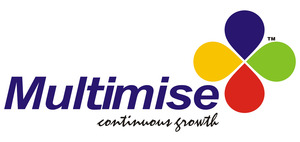Mobile application development is the process by which application software is developed for small low-power handheld devices such as personal digital assistants, enterprise digital assistants or mobile phones. These applications are either pre-installed on phones during manufacture, downloaded by customers from various mobile software distribution platforms, or web applications delivered over HTTP which use server-side or client-side processing (e.g. JavaScript) to provide an “application-like” experience within a Web browser.

Android
Android is a Linux-based operating system for mobile devices such as smartphones and tablet computers. It is developed by the Open Handset Alliance led by Google.
Google purchased the initial developer of the software, Android Inc., in 2005. The unveiling of the Android distribution in 2007 was announced with the founding of the Open Handset Alliance, a consortium of 86 hardware, software, and telecommunication companies devoted to advancing open standards for mobile devices. Google releases the Android code as open-source, under the Apache License. The Android Open Source Project (AOSP) is tasked with the maintenance and further development of Android.

iOS
iOS (formerly iPhone OS) is a mobile operating system developed and distributed by Apple Inc. Originally released in 2007 for the iPhone and iPod Touch, it has since been extended to support other Apple devices such as the iPad and Apple TV. Unlike Windows CE (Mobile and Phone) and Android, Apple does not license iOS for installation on non-Apple hardware. As of March 6, 2012, Apple’s App Store contained more than 550,000 iOS applications, which have collectively been downloaded more than 25 billion times. It had a 16% share of the smartphone operating system units sold in the last quarter of 2010, behind both Google’s Android and Nokia’s Symbian. In May 2010 in the United States, it accounted for 59% of mobile web data consumption (including use on both the iPod Touch and the iPad).
